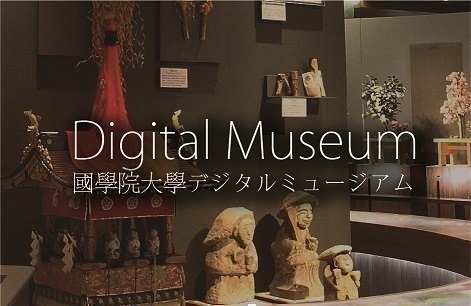- トップ
- Encyclopedia of Shinto
- Mononobe Shintō
Encyclopedia of Shinto
| Main Menu: | |
| Links: |
詳細表示 (Complete Article)
| カテゴリー1: | 8. Schools, Groups, and Personalities |
|---|---|
| カテゴリー2: | Medieval and Early Modern Schools |
| Title | Mononobe Shintō |
| Text | A form of Shinto based on the text Sendai kuji hongi taiseikyō. This text exists in two versions, composed of thirty-one and seventy-two fascicles, respectively, although the date and purpose of its composition are not clear, and are the subject of debate. Most scholars, however, agree that both versions were likely composed in the early Edo period. The basic content of both texts is almost identical. This form of Shintō is also called Taiseikyō Shintō or, owing to the fact that its fundamental text was attributed to Shōtoku Taishi, Taishi-ryū Shintō. The term Mononobe Shintō is thought to derive from a passage in the aforementioned Taiseikyō stating that "when [Shōtoku] Taishi established the learning of Shintō, he gave to Mononobe no Muraji Esako two scriptures in particular, the Sōtokukyō and the Shinkyōkyō, and lectured on the teachings of the kami(shinkyō)." In addition, the ten-fascicle version of the Kuji hongi, a text from the Heian period also attributed to Shōtoku Taishi, mentions the god Nigihayahi no mikoto, who transmitted the ten sacred regalia (tokusa no kamudakara) from heaven to earth; the Mononobe clan has traditionally claimed descent from this kami, and this forms another possible explanation for the origin of the term Mononobe Shintō. Shōtoku Taishi's Constitution in Seventeen Articles does not mention the term "Shintō," but the Nihon shoki indicates that the Prince revered the kami and attempted to harmonize the three teachings of Shintō, Confucianism, and Buddhism. The Taiseikyō further develops this point from the original perspective of an interrelationship of the three teachings (sankyō teiritsu), a doctrine it discusses from several perspectives. Taishi-ryū Shintō, that is Mononobe Shintō, is constituted by these ideas of the unity of the three teachings and by secret transmissions concerning the ten sacred regalia. When the Tokugawa government banned the Taiseikyō in 1682, the text went underground and began to circulate secretly. After Chōon Dōkai (considered a likely author of the text), retired from public life, this kind of Shinto thought came to exert a wide influence in a broad variety of ways and contexts. Among the people mostly influenced by it we find the member of the shogun's Council of Elders Kuroda Naokuni (Nishimaru rōjū) and his close friend Henmui aka Yoda Sadashizu from Fuchū in Musashi Province (present-day Fuchū City, Tokyo); the important Jōdo monk Byakurensha Ninchō; the Rinzai scholar-monk Tōgan Enji; the blind intellectual and critic of Nativism (Kokugaku) Numata Yukiyoshi; Taiga, the author of the Teiritsu ron; and Sakai Kanemasa, author of the Sankaku Kashiwa. Of these men, Henmui is especially well known for his large corpus concerning his master's teachings, his exegetical tracts, and his educational activity. However, Mononobe Shintō overall showed little noteworthy development after that time. See also Taishi-ryū Shintō -Ogasawara Haruo |




